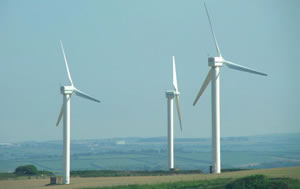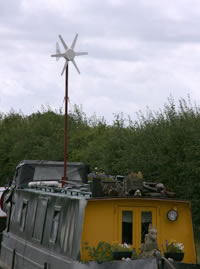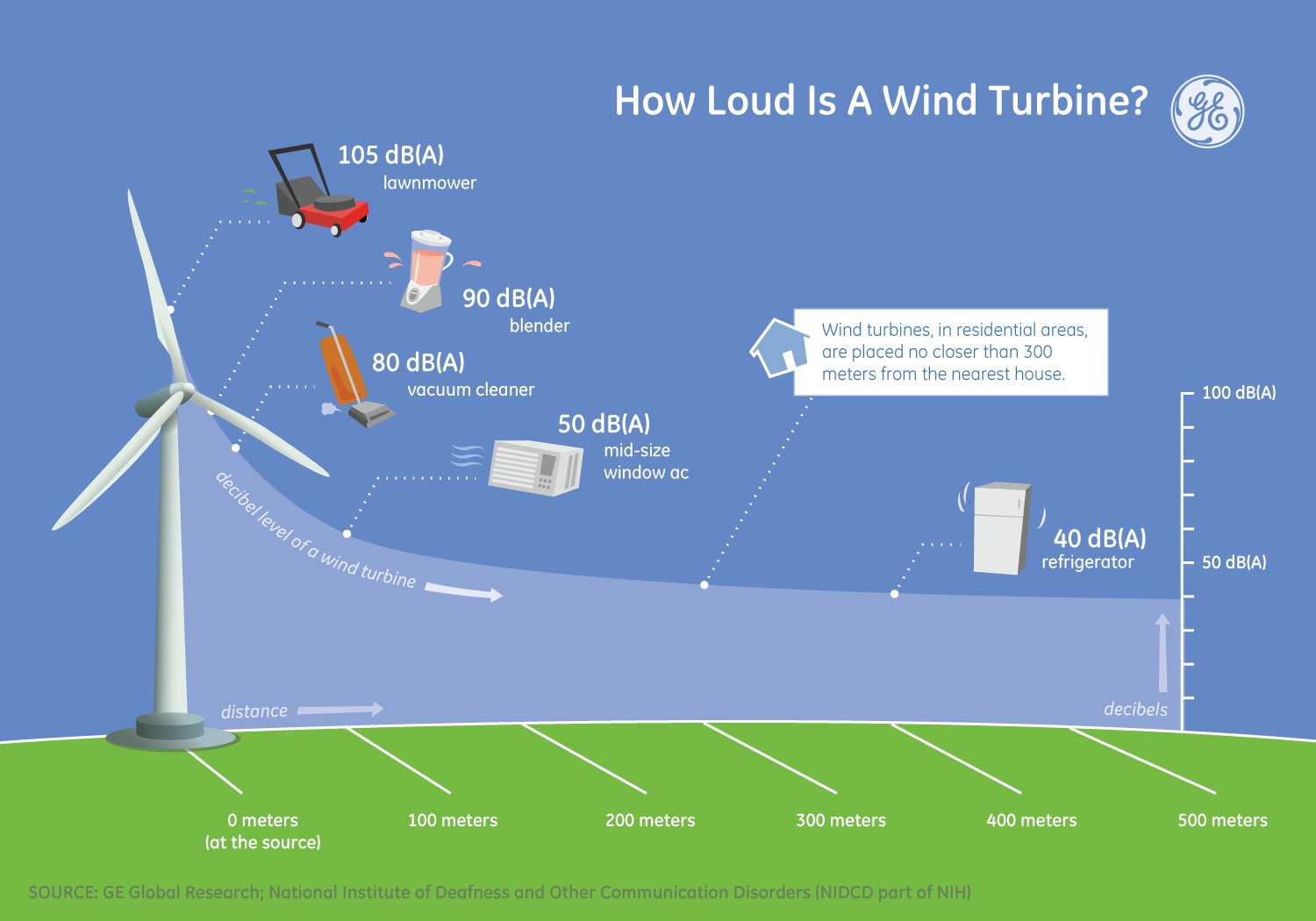Can't see the menu?
Try the text links at the bottom.
Energy Resources:
Wind power
Wind power

| We've used the wind as an energy source for a long time. The Babylonians and Chinese were using wind power to pump water for irrigating crops 4,000 years ago, and sailing boats were around long before that. Wind power was used in the Middle Ages, in Europe, to grind corn, which is where the term "windmill" comes from. |
 |
|
The Sun heats our atmosphere unevenly, so some patches become warmer than others. These warm patches of air rise, other air blows in to replace them - and we feel a wind blowing. We can use the energy in the wind by building a tall tower, with a large propellor on the top. The wind blows the propellor round, which turns a generator to produce electricity. |
 |
We tend to build many of these towers together, to make a "wind farm" and produce more electricity. The more towers, the more wind, and the larger the propellors, the more electricity we can make. It's only worth building wind farms in places that have strong, steady winds, although boats and caravans increasingly have small wind generators to help keep their batteries charged. Excellent infographic on savenergy.com How to build a wind farm:
|
|
The best places for wind farms are in coastal areas, at the tops of rounded hills, open plains and gaps in mountains - places where the wind is strong and reliable. Some are offshore. To be worthwhile, you need an average wind speed of around 25 km/h. Most wind farms in the UK are in Cornwall or Wales. Isolated places such as farms may have their own wind generators. In California, several "wind farms" supply electricity to homes around Los Angeles. The propellors are large, to extract energy from the largest possible volume of air. The blades can be angled to "fine" or "coarse" pitch, to cope with varying wind speeds, and the generator and propellor can turn to face the wind wherever it comes from. Some designs use vertical turbines, which don't need to be turned to face the wind. The towers are tall, to get the propellors as high as possible, up to where the wind is stronger. This means that the land beneath can still be used for farming. |
|
 |
|
|
|
Wind power is renewable. Winds will keep on blowing, it makes sense to use them.

| |
||
Home Fossil Fuels Nuclear Power Solar Power Wind Power Tidal Power Hydroelectric Power Pumped Storage Wave Power Geothermal Power
Biomass Biogas Other Biofuels See also "Stuff to do" on the home page.
This site uses images from www.freefoto.com and www.sxc.hu I am not responsible for the content of external sites linked from this page.


